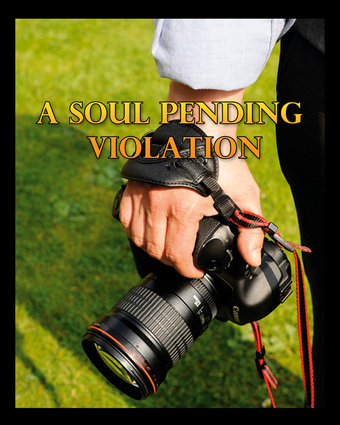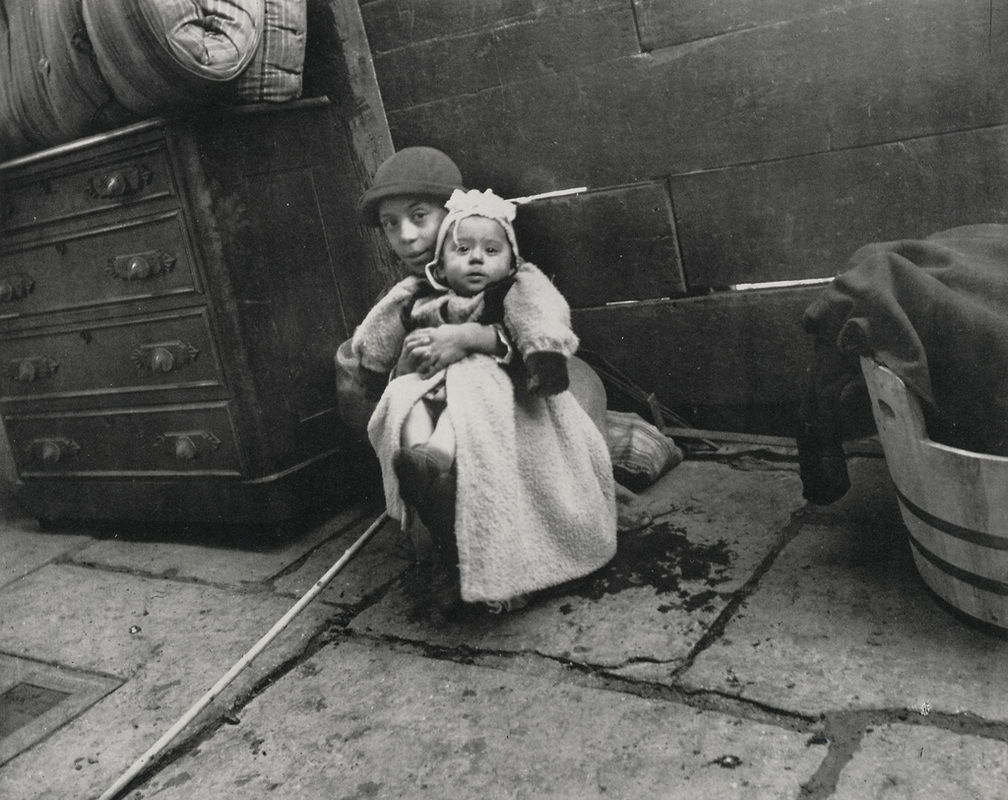
It’s part of the belief that your reflection is your soul. Mirrors, when you look into them, it reflects your soul and does not reflect back the light that hits them. What you see in front of you is another life trapped in a portal to another dimension.
So with this belief, when someone died, and they were having the funeral, the mirrors were all covered, just so their soul wouldn't accidentally get trapped.
Camera’s lens were used to be mirror, but the difference is it has the capacity to capture not just reflect an image. Photojournalism as one sort of photography uses a camera to freeze a specific reality, to use it for the purpose of disclosing the truth.
Photojournalist who took footages always faced a basic ethical concept, whether they would help the victim and put their cameras down or continue their duty to take photo and remain observing what will happen next. In the first place photojournalists wanted to shoot the best angle of a tragedy for the whole world to see.
So with this belief, when someone died, and they were having the funeral, the mirrors were all covered, just so their soul wouldn't accidentally get trapped.
Camera’s lens were used to be mirror, but the difference is it has the capacity to capture not just reflect an image. Photojournalism as one sort of photography uses a camera to freeze a specific reality, to use it for the purpose of disclosing the truth.
Photojournalist who took footages always faced a basic ethical concept, whether they would help the victim and put their cameras down or continue their duty to take photo and remain observing what will happen next. In the first place photojournalists wanted to shoot the best angle of a tragedy for the whole world to see.
One of our fundamental rights is the right to privacy; the law assures us that we can refuse to any query that is against our will and dignity. A photographer must always ask whenever he would like to take photos especially in children, women and civilians; there are some who feels they are being trampled. Nobody wants to be photographs by a stranger, people believes in the culture that photos were remembrance, a special souvenir that refreshes their memories in special occasions and events that they were once into.
Taking photos without permission must be guarded and prohibited; stolen shoots were like stolen soul, what comes out in the camera lens is always our personality—ourselves. As describes in the article Shoot First, Then Help by John Long of the National Press Photographers Association Inc. “Photographs do not show trends, they show individuals. They are here, they are now; they show one victim, one moment. Reporters tell us that more than 100,000 people died. The photojournalist shows us one person who died. Reporters tell us millions of people are in pain. Photojournalists show us one person in pain. It is the singleness of our work that emotionally affects our viewers and at the same time causes these same viewers to call us vultures.”
There are many media outfit today whose redundancy in taking photos leads to their desired reality, the way they angle a certain event makes the story the other way. The photo must tell a story even if there are no articles; it can stand alone and manipulate the readers mind and belief.
The advent of the new millennia of technology allows us to easily capture photos, to post and share these photos on the social media site like facebook, twitter and instagram that allows it to be viewed by public. One of the most common genres of self-portrait photograph today is selfie; it is typically taken with a hand held digital cameras or cellphone cameras at arm’s length or in the mirror. Selfie photos include only the photographer or other people.
The problem with these selfie photo is that we are not aware anymore in our privacy, the once photo taken for a particular event becomes a public trend. Social issues such as the privacy, bullying and bashers arise, why? Because we are judge by the way we shoot our selfie photo.
Privacy issues must be a big concern in today’s chronic social media world. Photos were design to tell a story, to support a story written by journalists. They are the supporting detail that visualizes what reading cannot. Photojournalism was first used as an instrument for intimidation; it inserted fear for controlling peoples mind and emotion. Today, photos were used for socialization, for fun and still for reality. But what will remain always is that photos remain here even if the captured event has gone. It freezes a minute in our life that like chances can never be returned.
Taking photos without permission must be guarded and prohibited; stolen shoots were like stolen soul, what comes out in the camera lens is always our personality—ourselves. As describes in the article Shoot First, Then Help by John Long of the National Press Photographers Association Inc. “Photographs do not show trends, they show individuals. They are here, they are now; they show one victim, one moment. Reporters tell us that more than 100,000 people died. The photojournalist shows us one person who died. Reporters tell us millions of people are in pain. Photojournalists show us one person in pain. It is the singleness of our work that emotionally affects our viewers and at the same time causes these same viewers to call us vultures.”
There are many media outfit today whose redundancy in taking photos leads to their desired reality, the way they angle a certain event makes the story the other way. The photo must tell a story even if there are no articles; it can stand alone and manipulate the readers mind and belief.
The advent of the new millennia of technology allows us to easily capture photos, to post and share these photos on the social media site like facebook, twitter and instagram that allows it to be viewed by public. One of the most common genres of self-portrait photograph today is selfie; it is typically taken with a hand held digital cameras or cellphone cameras at arm’s length or in the mirror. Selfie photos include only the photographer or other people.
The problem with these selfie photo is that we are not aware anymore in our privacy, the once photo taken for a particular event becomes a public trend. Social issues such as the privacy, bullying and bashers arise, why? Because we are judge by the way we shoot our selfie photo.
Privacy issues must be a big concern in today’s chronic social media world. Photos were design to tell a story, to support a story written by journalists. They are the supporting detail that visualizes what reading cannot. Photojournalism was first used as an instrument for intimidation; it inserted fear for controlling peoples mind and emotion. Today, photos were used for socialization, for fun and still for reality. But what will remain always is that photos remain here even if the captured event has gone. It freezes a minute in our life that like chances can never be returned.



